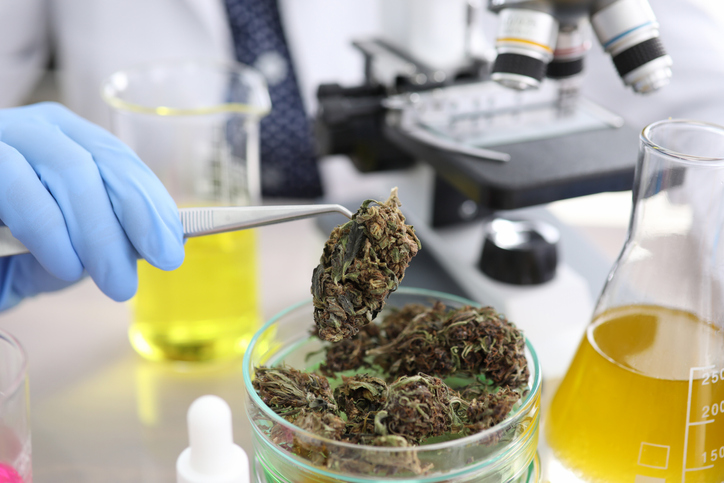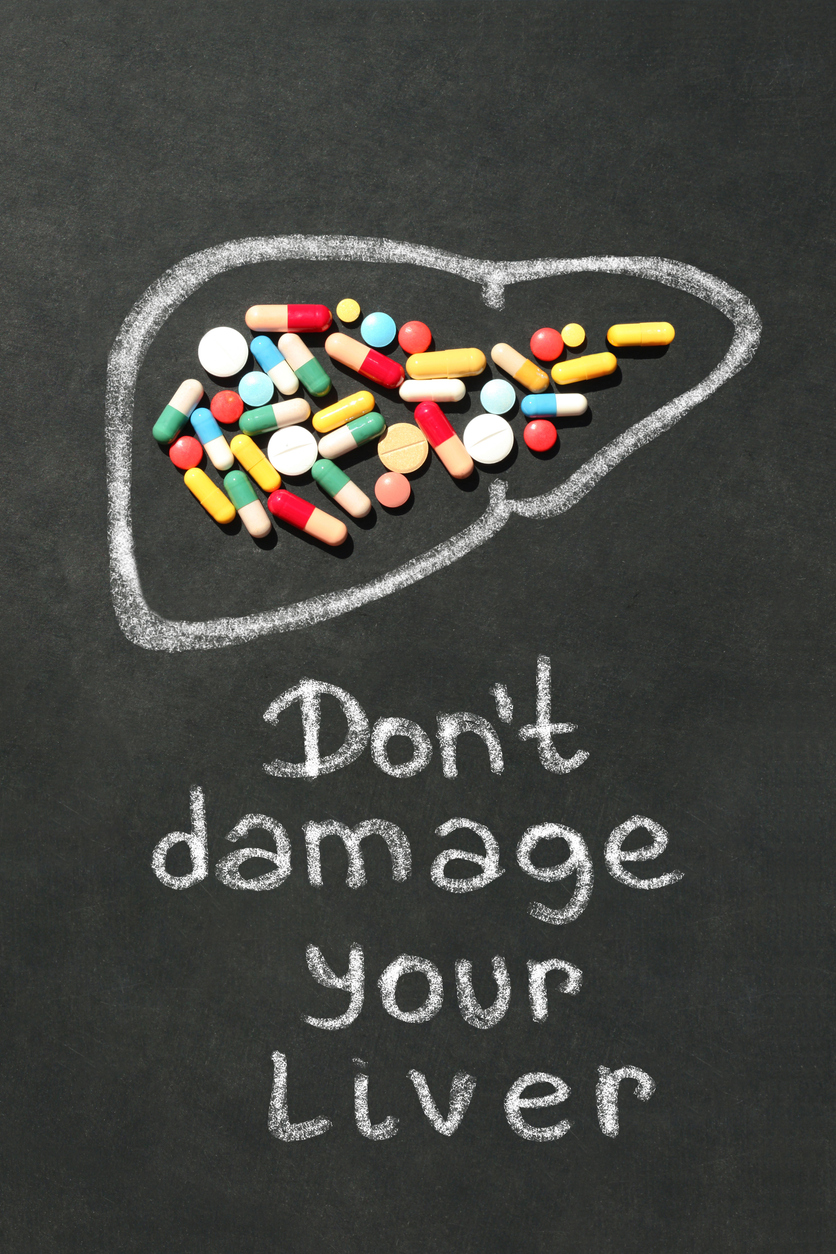Treatments
Medications and Sun Sensitivity

Certain medications contain compounds that become activated by the sun’s ultraviolet rays. Exposure to the sun while taking certain medications can damage cell membranes or DNA, cause severe sunburns, or trigger an allergic reaction. Some medications may also constrict blood vessels and interfere with the body’s ability to cool itself through sweating, resulting in an increased risk of heat exhaustion and heatstroke.
Sun-sensitizing drugs can inflame existing scar tissue and aggravate eczema and herpes. Sun exposure can also worsen certain autoimmune disorders, such as lupus. Sunscreen can help lessen the impact of sun exposure; however, in rare cases, the ingredients in sunscreen can make symptoms worse.
Not every person who takes a sun-sensitizing medication will have a reaction. Additionally, a reaction may be a one-time occurrence or may occur every time the skin is exposed to the sun while taking the medication.
Types of sun-sensitizing drug reactions
Sun-sensitizing drug reactions are categorized into two types: phototoxicity and photoallergy.
- Phototoxicity
Phototoxicity is the most common type of sun-sensitizing drug reaction. It occurs when skin is exposed to the sun after certain medications are taken orally, by injection, or applied topically. Certain medications absorb the sun’s UV light and release it into the skin. This can cause cell death in the exposed skin within a few days and, although rare, can last for up to 20 years after ceasing the use of the medication. The most common phototoxic medications are aremiodaron, nonsteroidal anti-inflammatory (NSAIDs), and tetracycline medications. - Photoallergy
Photoallergy occurs when the skin is exposed to the sun after certain compounds or medicines are applied directly to the skin. The sun can cause structural changes in the medication, which can result in the production of antibodies. These antibodies are responsible for the sun-sensitizing medication reaction. An eczema-type rash often occurs a few days after exposure and can spread to areas of the body that were not exposed to the sun.
Medications that react with the sun
Categories of medications that increase sensitivity to the sun’s effects include the following:
- Pain relievers
Nonsteroidal anti-inflammatory drugs (NSAIDs), such as ibuprofen, naproxen, celecoxib and piroxicam, increase the risk of developing a serious sunburn; however, acetaminophen does not. - Psychiatric drugs
Chlorpromazine, desipramine, imipramine and other anti-anxiety and antidepressant medications may increase susceptibility to sunburn and interfere with the body’s ability to sweat. - Antibiotics
Extra precaution should be used when taking certain antibiotics, such as ciprofloxacin, sulfamethoxazole and tetracycline. - Cancer drugs
Chemotherapy drugs that target skin cancers or precancerous conditions increase sun sensitivity. They include 5-fluorouracil, dacarbazine and vemurafenib. - Decongestants and older antihistamines
Pseudoephedrine, phenylephrine and diphenhydramine constrict blood vessels, resulting in the increased risk of overheating. - Diuretics
Furosemide and hydrochlorothiazide increase sun sensitivity and raise the risk of dehydration. - Diabetes medications.
Chlorpropamide and glyburide lower blood sugar, which can increase sensitivity to the sun. - Hormones
Oral contraceptives and postmenopausal hormone therapy may cause dark patches on the forehead, cheeks, or chin (melisma) in some women. This is intensified by exposure to sunlight and heat. - Cardiovascular medications
Amiodarone medication (used for serious heart rhythm disturbances) and blood pressure medications, such as diltiazem and nifedipine, increase sun sensitivity. - Medications for skin conditions
Retinoid and tretinoin increase the skin's sensitivity to the sun. Tretinoin creams should be applied before bedtime so the skin can absorb them overnight.
Any questions regarding sun sensitivity and medications should be directed to a health care professional. To reduce the risk of a sun-sensitizing medication reaction, wearing protective clothing, applying sunscreen with an appropriate SPF, and wearing a broad-brimmed hat when going outdoors is recommended.















